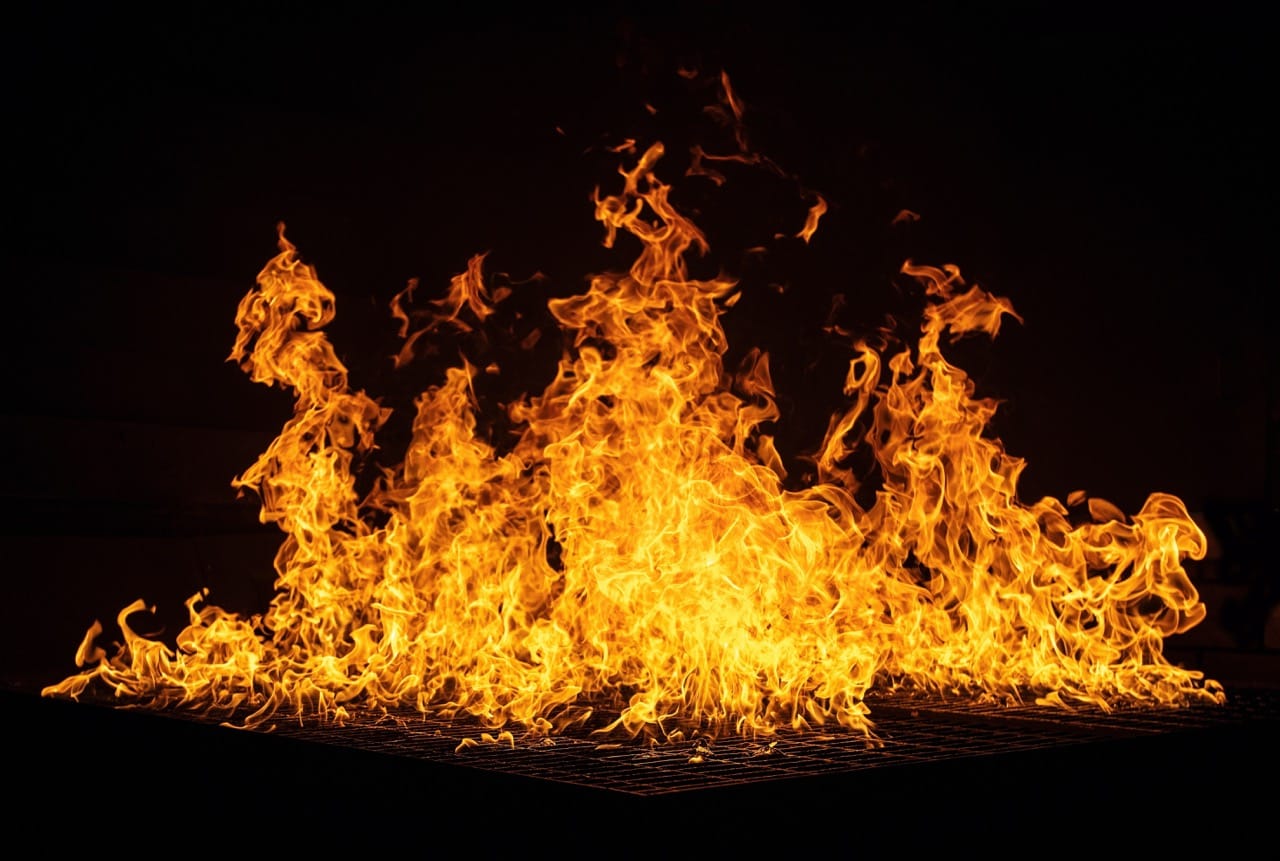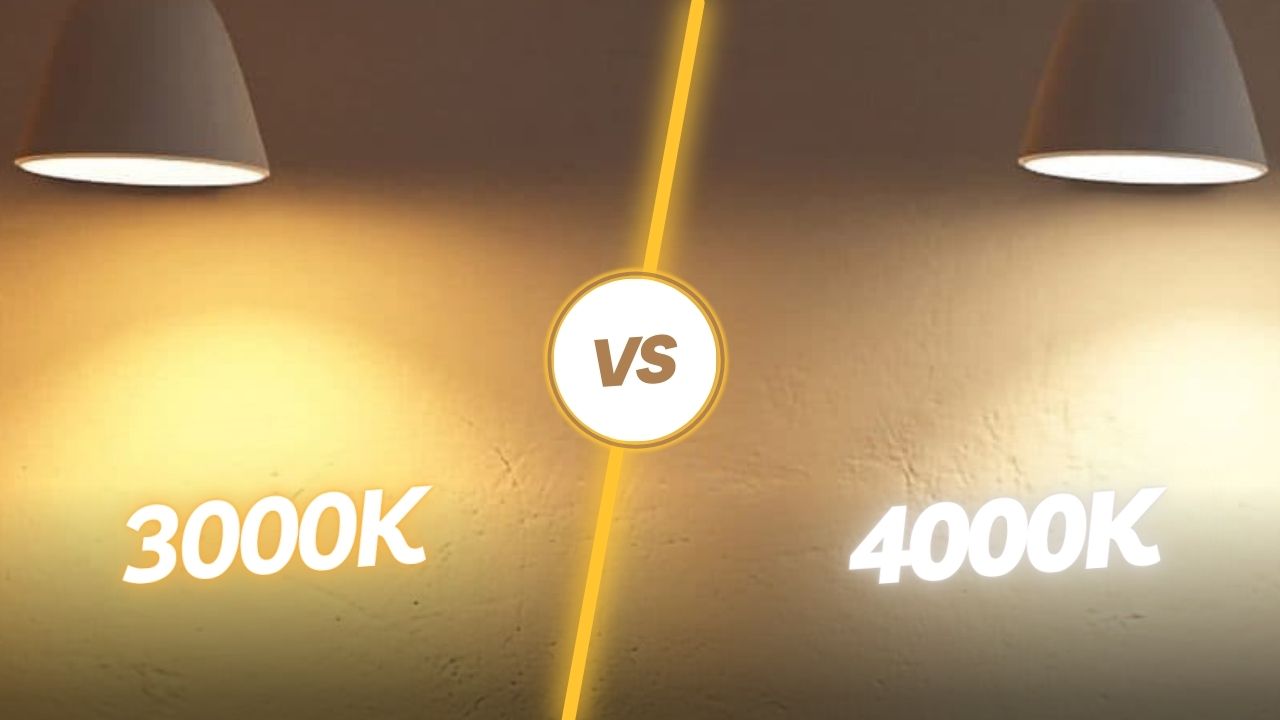Flame color temperature is an intriguing phenomenon that holds significant importance in various scientific fields. It refers to the measure of heat and energy emitted by a flame, which can be observed through its distinct color. This captivating interplay between temperature and color perception not only offers aesthetic delight but also serves as a valuable tool for understanding the underlying processes occurring during combustion.
Flame Color Temperature
Flame color temperature can be defined as the range of temperatures at which flames appear with distinct hues, ranging from red and orange to yellow, blue, green, and even violet. Each color corresponds to a specific temperature range, providing valuable insights into the heat intensity generated by different types of combustion processes. By examining flame colors, scientists and researchers can estimate approximate temperatures within a particular flame.
Understanding flame color temperature is crucial for multiple reasons across various disciplines. In fields like chemistry and physics, it serves as an essential diagnostic tool to analyze the properties of substances undergoing combustion. The ability to interpret flame colors enables scientists to determine elemental composition, identify specific compounds present in fuels or materials being burned, and evaluate reaction kinetics.
Moreover, in industrial settings such as refineries or power plants where controlled combustion processes prevail, monitoring flame color temperature aids in optimizing efficiency while ensuring safe operations. By observing changes in flame colors over time or during different stages of combustion, engineers can fine-tune fuel-air mixtures or adjust process parameters accordingly.
Beyond scientific exploration and industrial applications, understanding flame color temperature has cultural significance as well. Throughout history and across various cultures worldwide, flames have been symbols of light, warmth, celebration, or even danger.
The ability to appreciate and interpret the aesthetics of flames enhances our connection with natural phenomena while adding depth to artistic expressions such as paintings or performances featuring fire. Grasping the intricacies of flame color temperature opens a fascinating realm where science, technology, and art converge.
By defining flame color temperature and recognizing its importance in scientific analysis, industrial processes, and cultural contexts, we embark on a journey to unravel the secrets hidden within the ever-dancing flames. In subsequent sections, we will delve deeper into the science behind flame color temperature, exploring how flame colors correspond to specific temperatures and what these colors reveal about combustion processes.
Understanding Flame Color Temperature
Basics of Flame and Its Composition
Flame is the visible result of a combustion process, which occurs when a fuel combines with oxygen in the presence of heat. The composition of a flame can vary depending on the type of fuel being burned. Common fuels include wood, paper, natural gas, alcohol, and oil.
Each fuel has its own distinct chemical makeup, resulting in different flame characteristics. For example, wood and paper flames contain organic compounds that give rise to unique color patterns.
Combustion Process and Fuel Types
During combustion, molecules in the fuel are broken down into simpler components such as carbon dioxide (CO2), water vapor (H2O), and various oxides. The release of energy during this process manifests as heat and light in the form of a flame.
Different fuels possess varying energy densities that affect the intensity and temperature of their respective flames. For instance, high-energy-density fuels like natural gas tend to produce more intense flames compared to low-energy-density fuels like candles.
Factors Influencing Flame Color Several factors influence flame coloration besides fuel type alone.
Temperature plays a crucial role in determining flame color because it directly affects how atoms emit light energy. Additionally, the presence of certain elements within the fuel can enhance or alter flame colors through specific chemical reactions or emissions from excited electrons.
Flame Color Temperature Scale
To better understand how flame color corresponds to temperature, scientists use scales such as the Kelvin scale to quantify these relationships precisely. The Kelvin scale measures temperature starting from absolute zero (-273 degrees Celsius) without any negative values. It provides an objective way to assess different colors’ corresponding temperatures by assigning them specific values on this scale.
Overview of the Kelvin Scale
The Kelvin scale categorizes colors associated with various temperatures across a wide range. At the lowest end of the scale, temperatures below 1,000 Kelvin (K) exhibit deep red colors.
As temperature increases, flames progress through orange, yellow, and white shades. Moving into higher temperature ranges above 3,000 K, flames can take on shades of blue or even violet.
Relationship between Temperature and Color Perception The perception of color is intricately linked to an object’s temperature.
As objects heat up, their atoms and molecules become more energetic and vibrate at higher frequencies. This increased vibration leads to the emission of photons with greater energy levels.
Consequently, our eyes perceive these photons as colors that transition from cooler hues like red to hotter ones like blue. Understanding flame color temperature involves grasping the basics of flame composition and combustion processes.
Fuel type greatly influences a flame’s characteristics and coloration due to variations in chemical makeup and energy density. Temperature plays a crucial role in determining flame color by influencing atomic emissions within the flame itself.
The Kelvin scale provides a standardized measurement system for associating different colors with specific temperatures, allowing scientists to precisely evaluate relationships between heat and visual perception. By appreciating how temperature affects color perception, we gain deeper insights into the captivating world of flame coloration.
The Science Behind Flame Color Temperature
Emission Spectra and Energy Levels
Flame color is a fascinating subject that delves into the intricate world of emission spectra and energy levels. When a substance undergoes combustion, its atoms or molecules become excited due to the high temperatures involved.
These excited state electrons then transition from one energy level to another, emitting photons in the process. The emitted photons range in wavelength and correspondingly produce different colors of light.
In the context of flame color temperature, this phenomenon is particularly intriguing. Each element present in a fuel source has its own unique emission spectrum, which determines the specific colors observed in a flame.
This occurs because different elements have varying energy level configurations for their electrons. As these electrons transition back to lower energy levels, they release energy in the form of light, giving rise to distinct flame colors.
Excited State Electrons and Photon Emission
The concept of excited state electrons lies at the heart of understanding flame color temperature. When an atom or molecule absorbs thermal energy through combustion, its electrons jump from their ground state (lowest energy level) to higher energy levels known as excited states.
This absorption of energy causes an electron’s orbit around the atomic nucleus to expand. As these excited state electrons return to their original ground state, they release excess energy by emitting photons or packets of light.
The wavelength or color of emitted light corresponds directly with the difference in energy between two electronic states involved in this transition. Thus, by analyzing the emitted light’s color when observing a flame, one can gain insights into both its elemental composition and its temperature.
Role of Different Elements in Producing Specific Colors
While understanding how excited state electrons emit photons helps explain flame color temperature, it is also crucial to recognize how different elements contribute to specific colors. For example, copper ions are famous for producing vivid green flames when introduced into a fire.
This occurrence is due to the specific energy level transitions that copper’s electrons undergo, resulting in the emission of green light. Similarly, other elements such as sodium and potassium are known to contribute to yellow hues in flames, while lithium can produce captivating shades of red.
The combination of different elements present in a fuel source ultimately determines the overall color composition of a flame. By identifying these elements through their characteristic colors, scientists and observers can gain insights into the burning process and make valuable assessments regarding temperature.
Blue Flames: The Hottest Flames
Explanation of Blue Flames’ High Temperature
Blue flames have long captivated our imagination with their mesmerizing beauty and association with intense heat. Scientifically speaking, blue flames are considered the hottest among all flame colors, a testament to their high temperature range.
The explanation lies in the nature of blue light itself. Blue light has a relatively short wavelength compared to other visible colors.
As per Planck’s law of black-body radiation, shorter wavelengths correspond to higher energy photons. Therefore, when an object or substance reaches extremely high temperatures during combustion, it emits significant amounts of blue light due to the abundance of highly energetic photons being released.
Examples of Fuels That Produce Blue Flames
Various fuels are known for producing stunning blue flames when ignited under optimal conditions. Natural gas is one such example frequently associated with blue-hued fires. Natural gas primarily consists of methane (CH4), which contains carbon and hydrogen atoms arranged in a specific molecular structure.
When methane combusts efficiently, it releases an abundance of energy that excites its constituent atoms and produces predominantly blue-colored light. Another notable example is alcohol-based fuels like ethanol (C2H5OH).
Ethanol possesses similar properties to natural gas concerning its molecular composition but exhibits some differences due to its unique chemical structure. When ethanol burns cleanly, it yields a vibrant blue flame that can be observed in alcohol-based lamps or even as the blue core within a candle’s flickering flame.
Understanding the science behind blue flames not only unveils the fascinating interplay between temperature and color but also sheds light on the incredible phenomena occurring during combustion. By delving into the complexities of emission spectra, energy levels, and elemental contributions, we can appreciate the captivating beauty of flame color temperature and its underlying scientific principles.
Common Flame Colors and Their Temperatures
Red Flames: Lower Temperature Range
Subtitle: The Fiery Warmth of Ruby Radiance When it comes to flame colors, red is often associated with warmth and coziness.
Red flames typically indicate lower temperatures compared to other flame colors. The mesmerizing crimson glow is created by the presence of certain elements or compounds in the fuel, combined with a relatively lower combustion temperature.
The lower temperature of red flames can be explained by the incomplete combustion process where carbon particles are not fully burned, creating soot and emitting a deep red hue. These partially burned carbon particles emit light in the visible spectrum, specifically in the longer wavelength range associated with redness.
Fuels such as wood and paper are well-known for producing vibrant red flames. Wood contains cellulose, which releases aromatic compounds when burned.
These compounds, such as lignin, are responsible for infusing the flames with their characteristic reddish glow. Similarly, paper made from wood pulp exhibits a similar behavior during combustion due to its composition.
Orange/Yellow Flames: Intermediate Temperature Range
Subtitle: A Golden Symphony of Vibrancy Moving up the temperature scale from red flames leads us to orange and yellow flames that radiate an intermediate level of heat. These colors are commonly observed when burning fuels such as candles or oil-based substances.
The aptly named “yellow” flame derives its color from incandescent soot particles that form due to incomplete combustion at higher temperatures than those producing red flames. As these particles heat up further, they emit light at shorter wavelengths within the visible spectrum—shifting towards yellow hues.
Candles made primarily from paraffin wax produce beautiful yellowish-orange flames due to their specific chemical composition. Paraffin consists of hydrocarbons that burn incompletely, releasing soot particles while generating an enchanting mix of yellow and orange shades.
Similarly, oil-based fuels like kerosene or lamp oil exhibit similar behavior, creating mesmerizing yellow flames that illuminate our surroundings. Understanding the connection between flame color and temperature allows us to appreciate the vast range of hues produced by different fuels and their combustion processes.
From the warm embrace of red flames to the enchanting glow of orange and yellow, each color reveals a distinctive temperature range and unique beauty. Let us now explore the rarer flame colors that emerge under specific conditions, delving into captivating phenomena such as green and purple/violet flames.
Unique Flame Colors and Their Significance
Green Flames: Uncommon but Fascinating Phenomenon
Green flames, while relatively rare, have captivated the imagination of many due to their alluring beauty and mysterious nature. The occurrence of green flames stems from the presence of specific chemical elements within a flame’s composition. Primarily, copper compounds are responsible for creating this unique color spectacle.
The explanation behind green flames lies in the phenomenon of electron transitions within the copper atoms present in the fuel. As heat is applied to the copper compounds, such as copper chloride or copper sulfate, electrons absorb energy and jump to higher energy levels.
When these excited-state electrons return to their original energy level, they release photons corresponding to green light in wavelength. This emission of green light creates the mesmerizing green flame that is often associated with fantasy and enchantment.
Examples where one can observe green flames include fireworks displays that incorporate copper-based compounds into their pyrotechnic compositions. These compounds elevate fireworks from mere bursts of light into spellbinding spectacles.
Additionally, certain metal alloys used in special effects or stage productions may also produce captivating green flames when ignited. It is truly a marvel to witness these magical emerald hues dancing amidst darkness.
Purple/Violet Flames: Rare Occurrence with Special Elements
Purple/violet flames are a rarity amongst flame colors and possess an air of mystique due to their infrequent occurrence. This ethereal coloration typically arises from specific elements introduced into a flame’s composition – most notably potassium and its compounds.
The explanation behind purple/violet flames lies in similar principles as seen with other flame colors. Excited-state electrons within potassium atoms absorb heat energy, causing them to transition to higher energy levels.
As these electrons cascade back down to lower energy levels, they emit photons at wavelengths characteristic of purple/violet light. While not commonly encountered, certain salts containing potassium, such as potassium chloride or potassium sulfate, can induce purple/violet flames when burned.
Additionally, compounds found in some fruits and vegetables can also produce these enchanting hues when exposed to high heat. The sight of these rare flames evokes a sense of wonder and intrigue, leaving observers awestruck by the captivating beauty of nature’s palette.
Conclusion
The study of flame color temperature grants us insights into the intricate world of combustion and the remarkable variety of colors it can produce. From the scorching blues to the vivid greens and enigmatic purples/violets, each flame color tells a story about its composition and the elements at play. By understanding the underlying principles behind flame color temperature, we gain a deeper appreciation for the chemistry that governs our world.
Moreover, this knowledge has practical applications in fields such as pyrotechnics, chemistry research, and even forensic investigations. It allows professionals in these disciplines to identify specific elements present in a fire or determine optimal conditions for achieving desired flame colors.
As we unravel the secrets behind flame color temperature, we are reminded of nature’s stunning artistry hidden within seemingly ordinary phenomena. Let us embrace this beauty and kindle our curiosity to explore further into the realm of flames – where science intertwines with aesthetics – igniting our imagination along the way.







